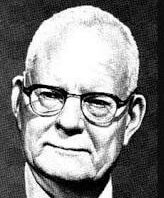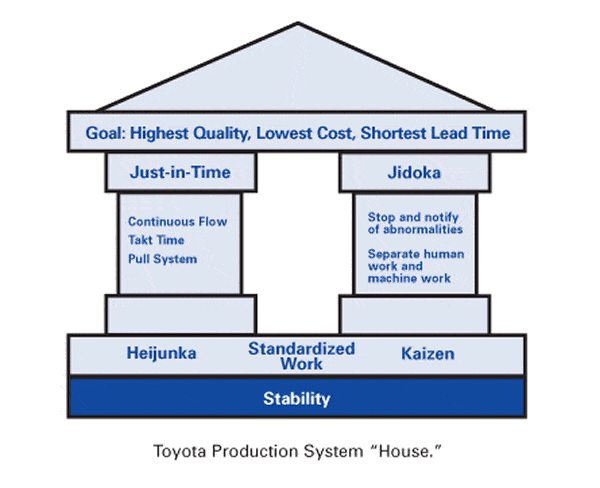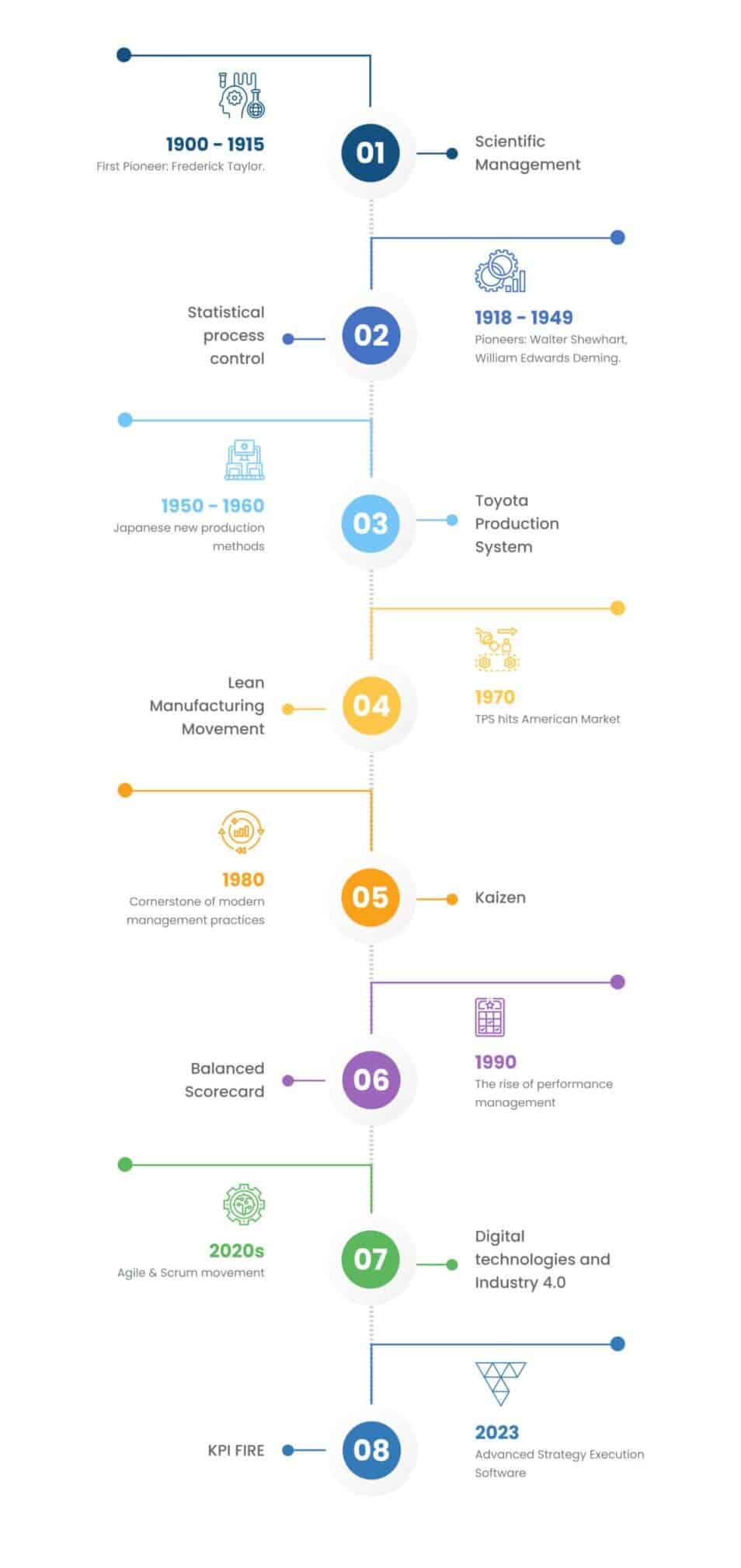The history of business improvement and lean methodologies is a long story that starts with the early days of the Industrial Revolution. As businesses grew more extensive and complex, they began looking for ways to improve their efficiency and productivity. This led to new management techniques, as discussed in this article.
The History of Business Improvement: Early Foundations
 In the early 1900s, Frederick Winslow Taylor (1856-1915) developed the scientific management theory on par with the earliest known history of business improvement. Taylor’s ideas center around the belief that there is “one best way” to perform any task. Taylor’s ideas were widely adopted in the early 20th century and helped to lay the foundation for modern management practices.
In the early 1900s, Frederick Winslow Taylor (1856-1915) developed the scientific management theory on par with the earliest known history of business improvement. Taylor’s ideas center around the belief that there is “one best way” to perform any task. Taylor’s ideas were widely adopted in the early 20th century and helped to lay the foundation for modern management practices.

In the 1920s, Walter Shewhart was inspired by Winslow’s former work, “The Principles of Scientific Management,” published in 1918, emphasizing scientific methods to improve efficiency and productivity. Shewhart began his work on SPC (statistical process control) at Bell Laboratories. Shewhart’s work helped to lay the foundation for the modern quality control movement.

Shewhart’s work on SPC profoundly influenced one of his students: William Edwards Deming. In the 1940s, Deming was invited to Japan to help rebuild the country’s economy after World War II. He introduced Japanese companies to SPC and other quality improvement techniques. Deming’s teachings would later help Japanese companies become world manufacturing leaders and inspire the famous TPS.
Tracing the Origins of Lean – Toyota’s Production System
In the 1950s, Japanese companies began to develop new production methods – inspired by Taylor’s ideas. However, the Japanese also made some important innovations of their own. For example, they created the just-in-time (JIT) production system, which allowed them to reduce inventory costs and improve product quality.
The Japanese production methods were collectively known as the Toyota Production System. The TPS is a comprehensive system that emphasizes eliminating waste, continuous improvement, and employee involvement. The TPS was highly successful, and it helped Japanese companies to become global leaders in manufacturing.
In the 1980s and 1990s, Western companies began to adopt the TPS and other Japanese business improvement methodologies such as Kaizen. This led to the development of the lean manufacturing movement. Lean manufacturing systematically identifies and eliminates waste in processes to deliver more value to customers with fewer resources.
Companies in all industries have adopted lean manufacturing, which has helped improve the efficiency and productivity of businesses worldwide in addition to lean manufacturing, several other business improvement methodologies exist, such as Six Sigma, Business Process Management (BPM), and Total Quality Management (TQM).

TQM: A Paradigm Shift in the History of Lean
The rise of Total Quality Management (TQM) in the post-World War II period marked a pivotal shift in industrial practices. Emerging initially in Japan but later influencing industries worldwide, TQM emphasized a comprehensive approach to quality control and process improvement. It stressed the importance of involving all employees in pursuing quality, statistical process control, and customer focus.
This philosophy brought about a transformative impact on industries, improving efficiency and quality and avoiding the 8 wastes. This contributed to Japan’s economic recovery and fostered competitiveness in Western industries. TQM’s enduring legacy shapes modern business management practices, as it is evident in the continuous pursuit of quality, efficiency, and customer satisfaction across various industries.
The History of Lean: 1990s and Beyond
- Balanced Scorecard: Measuring Success Holistically
The Balanced Scorecard framework, introduced by Robert Kaplan and David Norton in the early 1990s, revolutionized how organizations approach performance management. It offered a more comprehensive and balanced perspective beyond traditional financial metrics.
- Agile and Scrum: Adapting to Change
Starting in the early 2000s, the Agile movement transformed project management and software development by emphasizing flexibility, collaboration, and iterative work. Within Agile, the Scrum framework is a structured method that divides projects into short sprints,fostering team collaboration and adaptability.
Scrum has revolutionized these fields by improving product quality, accelerating time-to-market, enhancing team productivity and motivation, and ensuring projects remain aligned with business goals. Consequently, many software development teams have adopted it as the go-to approach, and various other industries are increasingly embracing it to work effectively in a dynamic business environment.
- Kaizen: Continuous Improvement at Its Core
As discussed earlier, Toyota’s production system became a model for implementing Kaizen in manufacturing. Over time, Kaizen spread beyond manufacturing, and various industries and countries worldwide adopted it. It evolved into a broader philosophy of continuous improvement, encouraging organizations to foster a culture of learning, adaptation, and incremental progress.
Leading Kaizen events and instilling Kaizen principles have since become a cornerstone of modern management practices, impacting various sectors and improving efficiency and quality. In the 1990s, the concept of Kaizen continued to gain popularity and evolve, both in Japan and worldwide. Furthermore, during this decade, Kaizen played a crucial role in various industries and sectors, and it continues to do so in the current age.
Digital Transformation: Modernizing Business Improvement
Digital technologies and Industry 4.0 have transformed the landscape of business improvement methodologies. Organizations have become more agile by introducing data-driven decision-making, automation, customization, virtual collaboration, predictive maintenance, and the integration of AI and machine learning.
By using the latest digital solutions in line with Lean methodologies, organizations can now respond to changing customer needs and market dynamics while focusing on continuous improvement. In this realm, KPI Fire is proud to set the tone for modernizing business improvement by offering Lean-inspired strategy execution software solutions for various industries. Through modern digital initiatives likeKPI software, businesses are empowered to execute, track and manage their continuous improvement projects ore effectively and efficiently.
The Ongoing Journey of Business Improvement
In a constantly changing business landscape, the business improvement journey is ongoing. Where KPI software is now at the forefront of modern continuous improvement and Lean efforts, businesses and organizations should ideally ready their teams for more successes in the future.
KPI Fire helps propel businesses and organizations forward with our advanced strategy execution software for the 21st century.
Stay ahead of the business improvement curve and request your DEMO version of KPI Fire.




